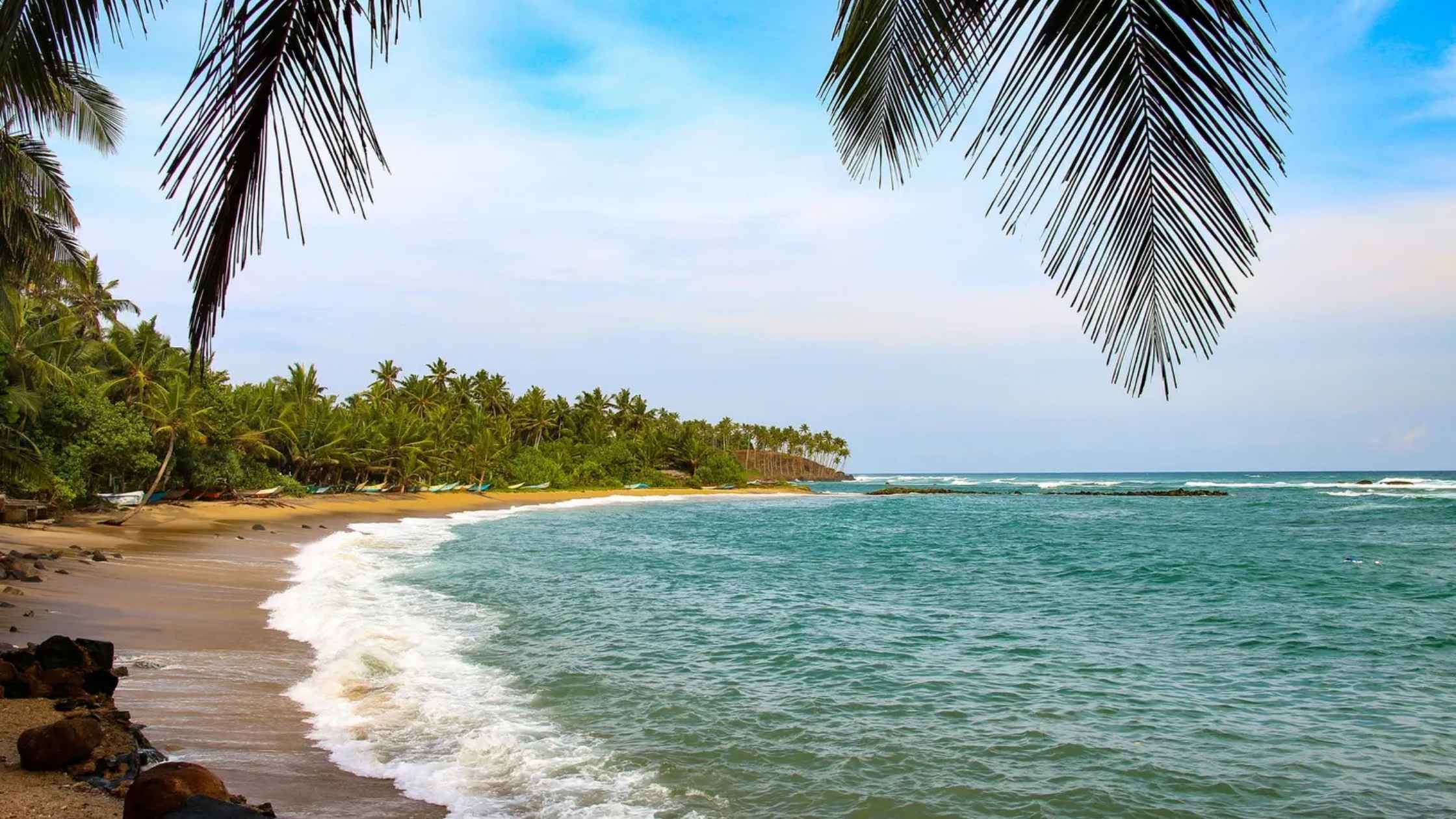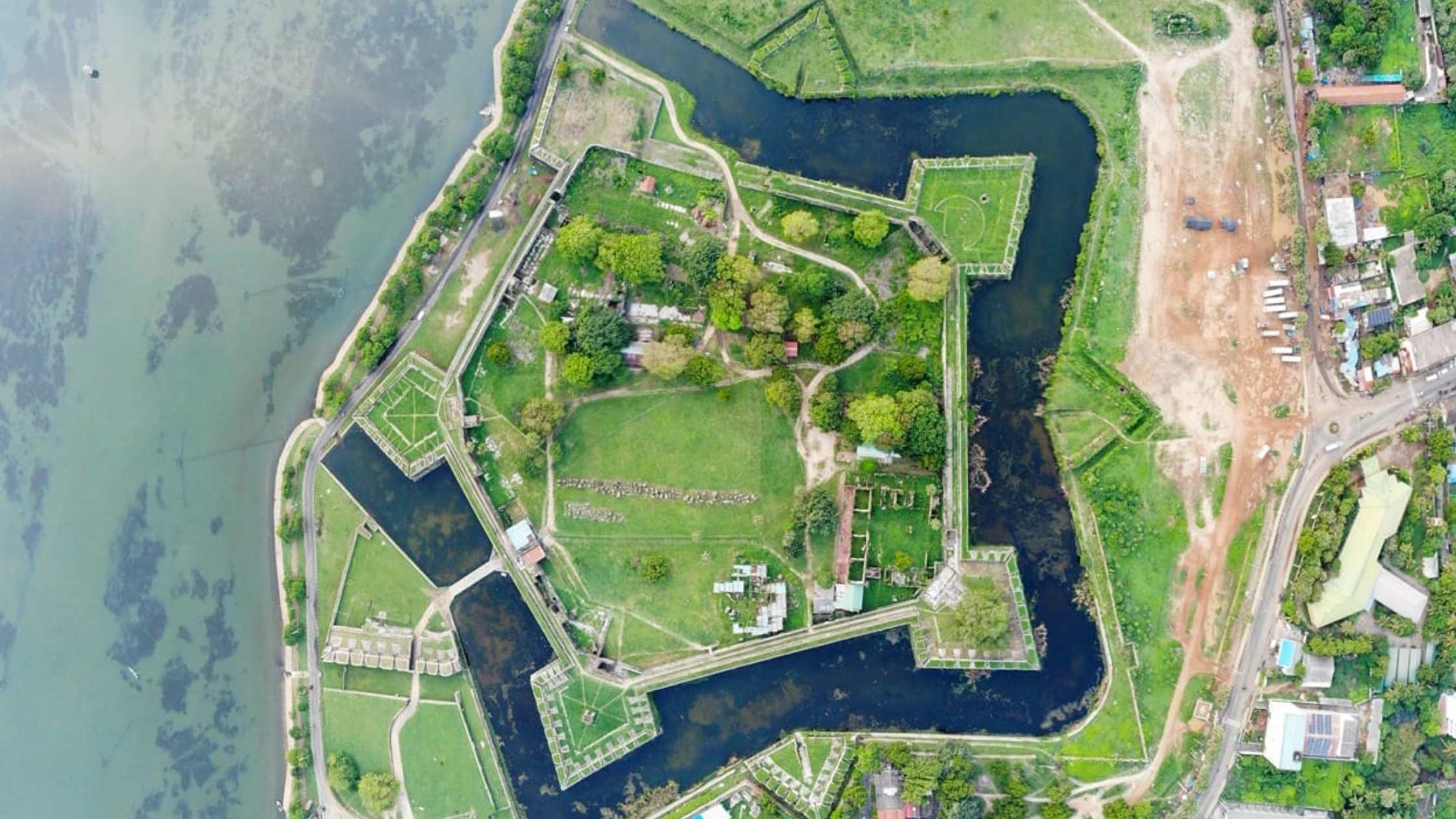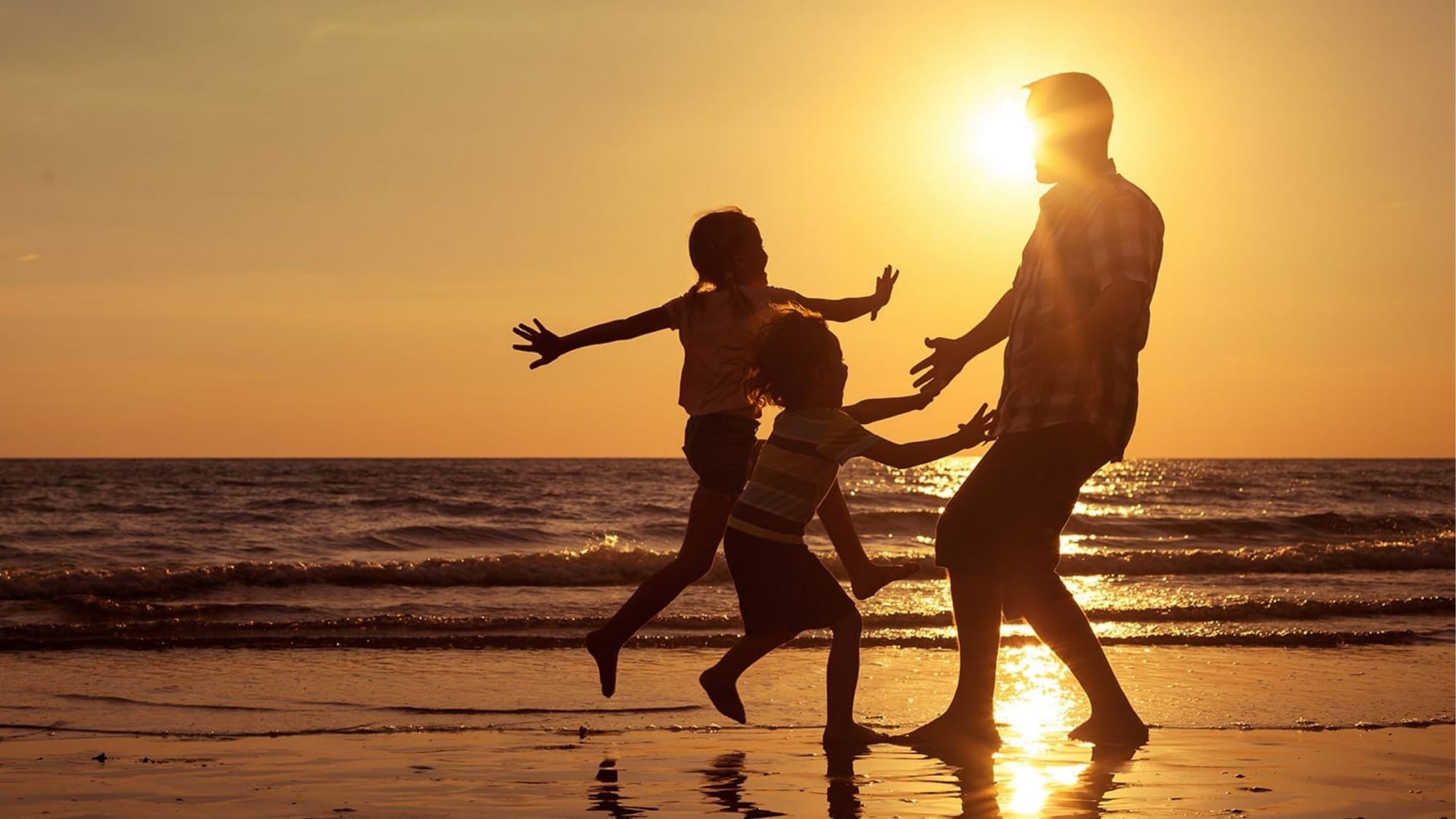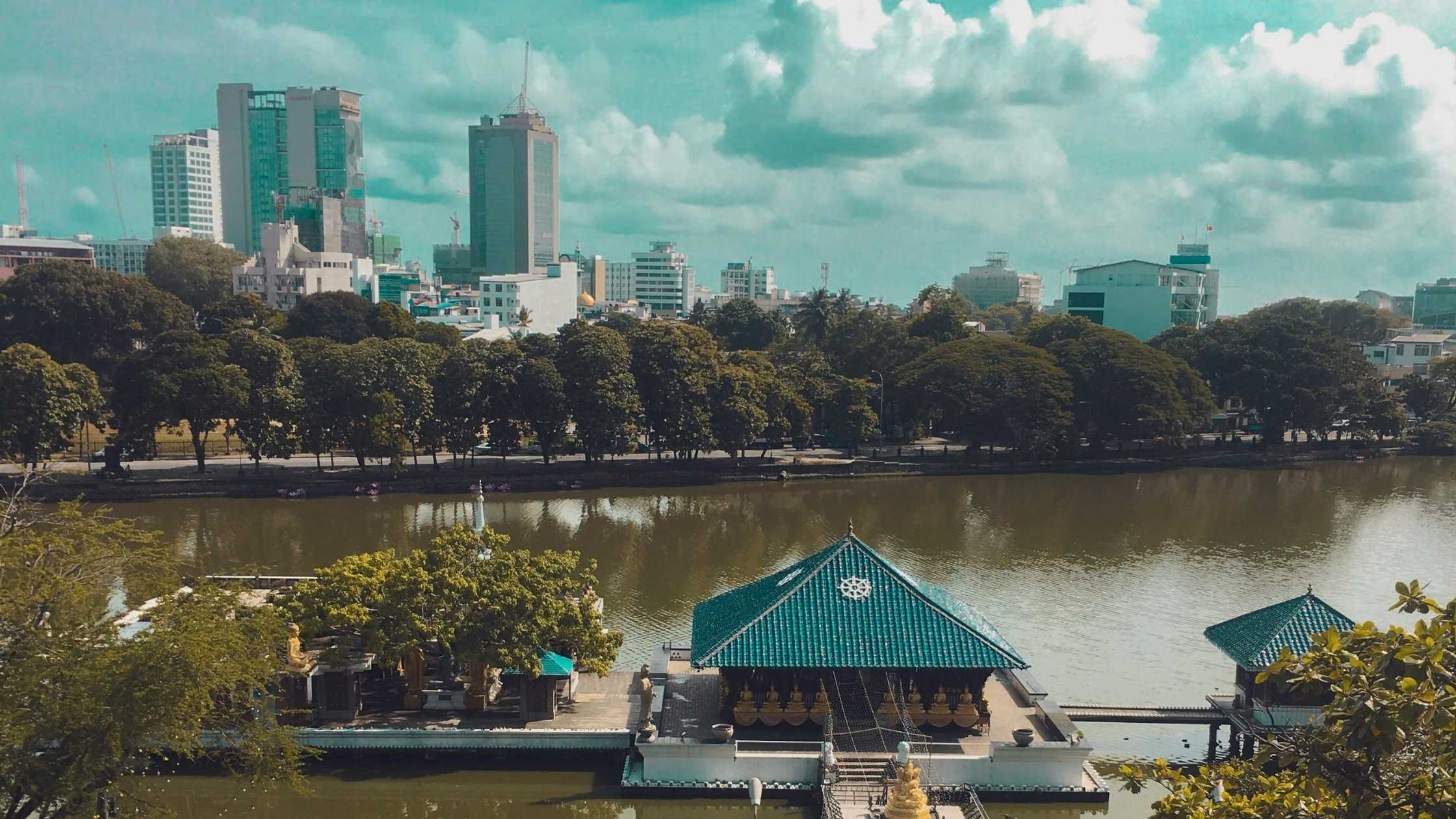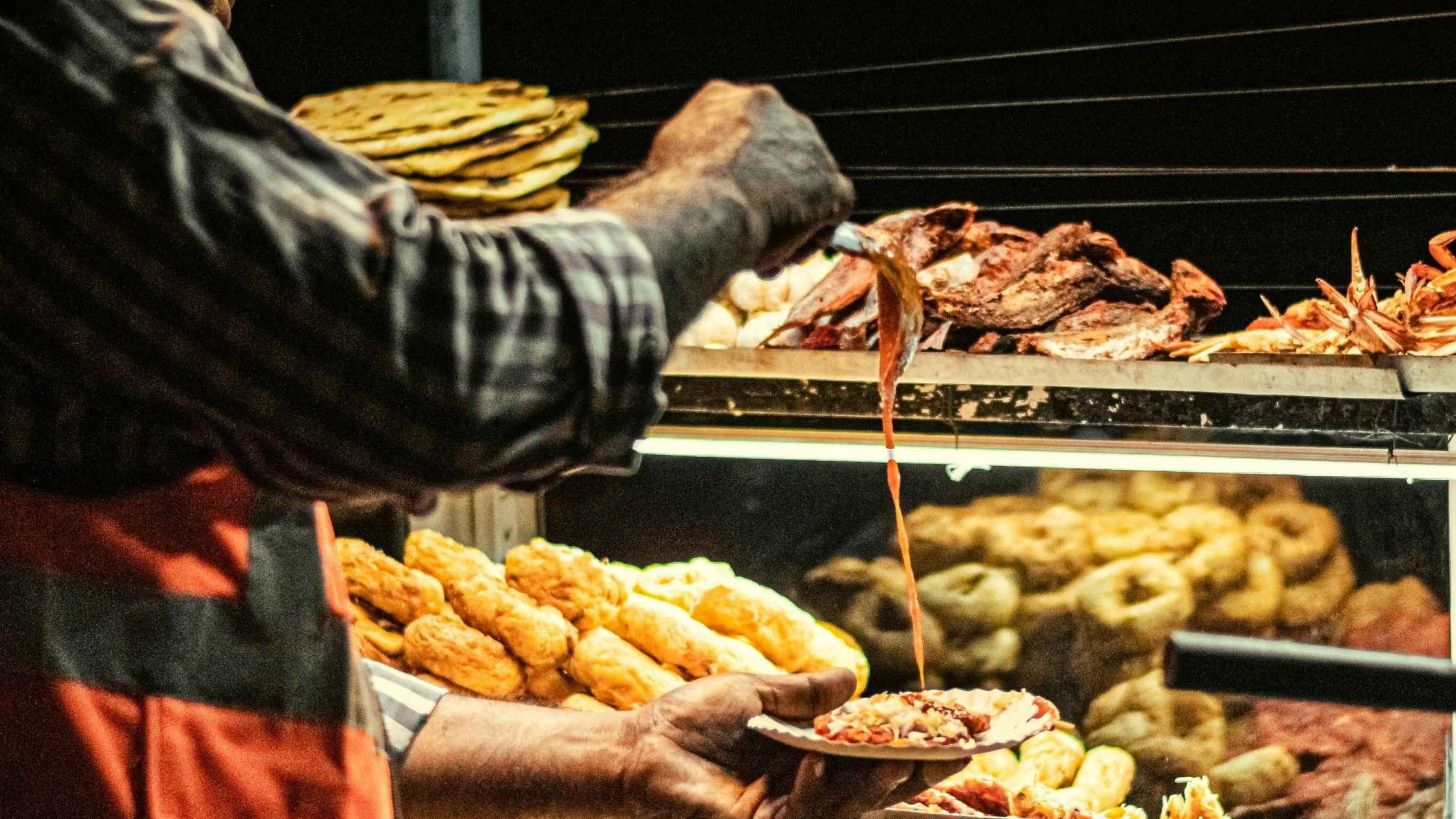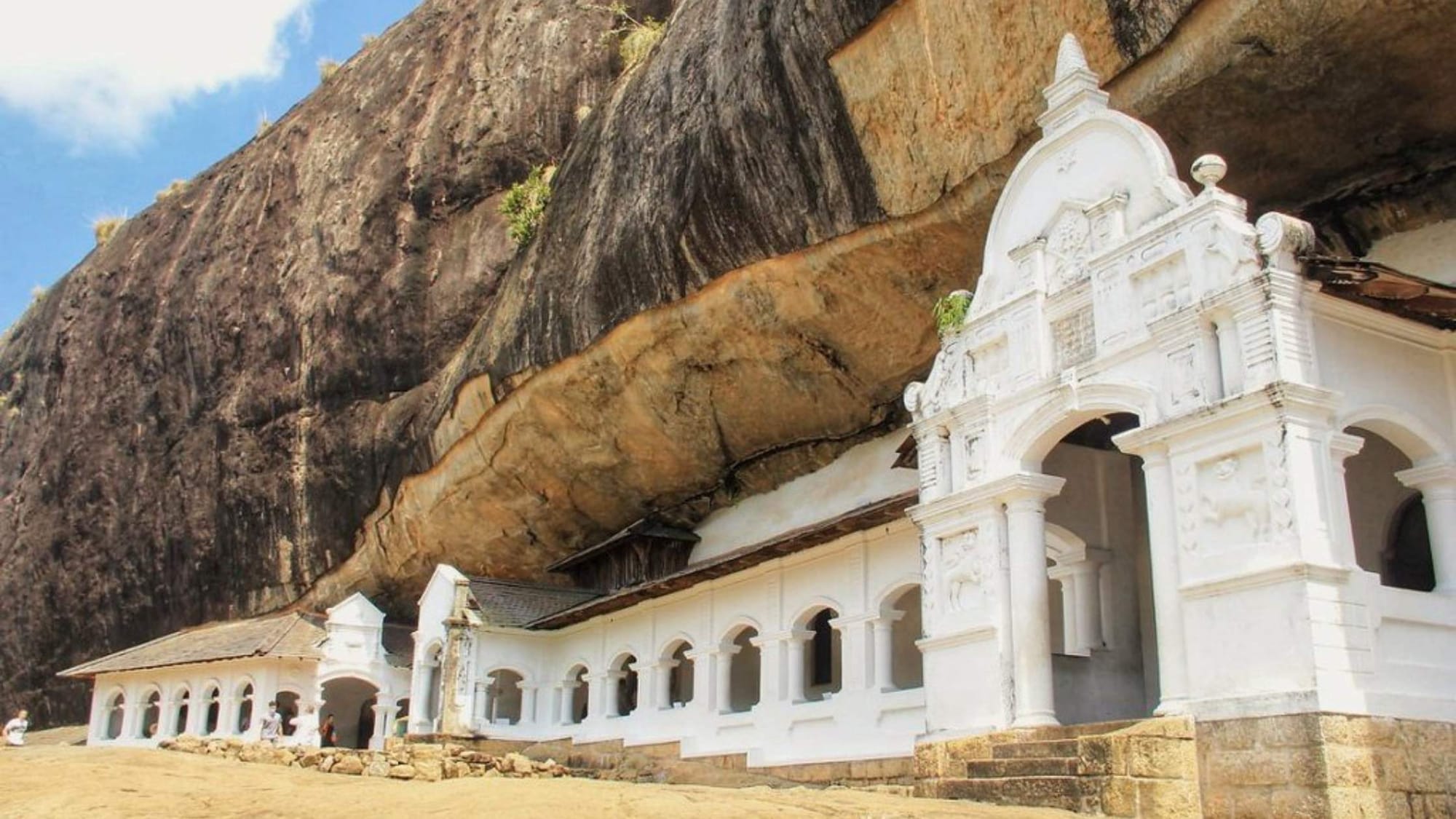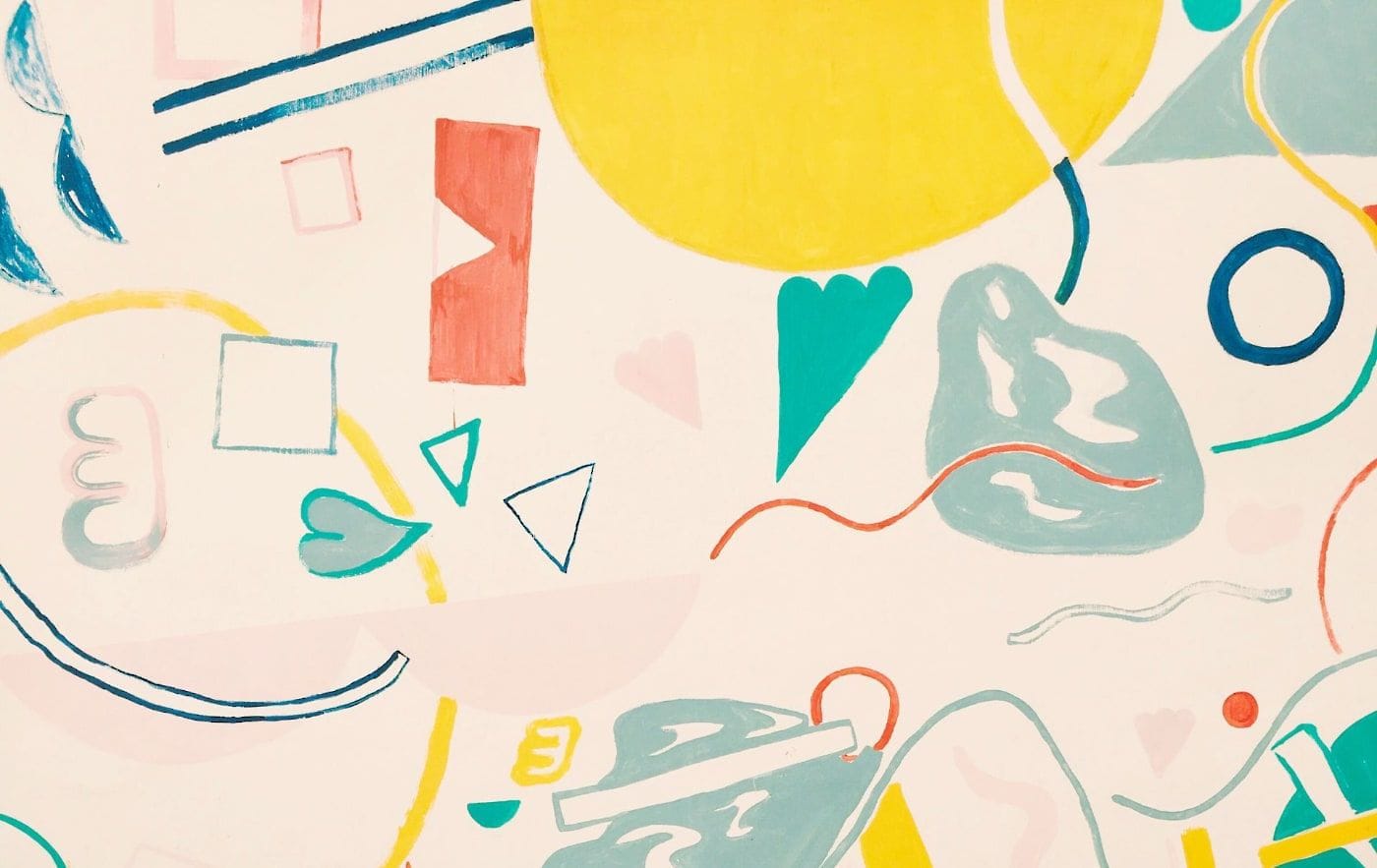Picture This.
You are standing 200 meters above an ancient jungle. There are rumors of kings who ruled from this very spot 1,500 years ago on the breeze.
This is Sri Lanka in 2025.
Tourists think they have paradise mastered. They've read the pamphlets. They've scrolled Instagram.
Sri Lanka is not another tropical island, however.
It's a living museum surrounded by green tea gardens. A place where leopards roam free and elephants gather around waterholes like they're old friends. Where ancient temples hold secrets older than most civilizations.
And you're probably thinking: "Sounds expensive." "Sounds tacky." "Sounds like every other travel article that overpromises and underdelivers."
This is the truth.
Sri Lanka offers you what others can't. Authentic adventure. Real culture. Experiences that change the way you view the world.
All at a fraction of the cost of those "other" island utopias.
The Ancient Wonder That Puts Machu Picchu in Perspective
Sigiriya Rock Fortress emerges from the jungle like a natural skyscraper.
UNESCO has declared it a World Heritage Site. Travel writers call it the "Eighth Wonder of the World."
But we think there's something more to it than that.
The truth? You'll walk over 1,500-year-old frescoes of goddess maidens. You'll place your hands where lion paws were hacked out in living stone. You'll reach a summit where a mad king built his palace among the clouds.
The view from the top? It stretches to horizons that seem infinite.
Go in January and April. The weather is cooperative. The tourists thin out after sunrise.
One proviso: This is not a Sunday stroll. The climb is real. Your legs will vex you for weeks.
Your memories will last for decades.
The Holy Tooth That Brings a Nation to its Knees
In Kandy, a tooth brings a nation to its knees.
Not metaphorically. Actually.
The Temple of the Sacred Tooth Relic houses what Buddhists believe to be Buddha's own tooth. For one month, in July and August, the entire city falls under the Esala Perahera festival.
Picture elephants in silk and gold. Fire dancers. Drums that echo off colonial walls.
This is not tourism. This is devotion on the move.
The temple itself is a showcase of Kandyan architecture at its finest. Intricately carved woods. Lotus-like spires. Chambers filled with incense and whispered prayers.
You don't have to be Buddhist to sense the energy here.
You simply need to be human.
The Train Ride That Changes Everything
Steel rails cut from Kandy to Ella, through the heart of Sri Lanka's hill country.
This is not travel. This is meditation in motion.
Six foggy mountain hours. With tea pickers waving on green slopes. Over colonial bridges spanning chasms that resist existence. Through tunnels carved when steam ruled the rails.
The windows stay open. The air tastes of mountain freshness and tea leaves.
Other tourists exchange fruit and stories. Children point out waterfalls. They all fall silent when the train traverses Devil's Curve.
Photographers call it the world's most stunning train ride.
They're not lying.
Travel between February and May for optimal skies. Book well in advance. Word about this little-known secret has gotten around.
But you are not buying a ticket. You're buying a memory that photographs cannot capture.
The Fortress Where Time Stood Still
Galle Fort has no business being here.
The Dutch colonists built it during the 1600s. Tsunamis would have destroyed it. Time would have devoured it.
But it's intact, saved.
Cobblestone streets wind past art galleries and boutique cafes. Ramparts have sunsets that artists spend their lifetimes trying to copy. Ocean waves crash against walls that are centuries old.
This is where history meets hipster. Where ancient and artisan collide.
Yes, it's hip. But that's because it works.
The Dutch knew how to build. The Sri Lankans know how to save.
You'll know why when you're drinking Ceylon tea and looking out at the Indian Ocean tinting the sky in impossible colors.
Go from December to April. The monsoons retreat. The enchantment intensifies.
Where Leopards Rule
Yala National Park has a problem.
Too many leopards.
Actually, that's not a problem. That's the world's densest population of leopards in the wild.
Your quandary? Choosing which beautiful cat to photograph first.
These aren't zoo animals. They're wild predators in their own habitat. Crawling through scrub jungle. Basking on rocky outcrops. Teaching cubs the hunt.
Elephants lumber by like gray peaks. Sloth bears lumber through undergrowth. Over 200 species of birds paint the sky.
Best time? February to July. The dry season drives wildlife to water holes.
The safari jeeps are basic. The roads are rudimentary.
The leopards are fantastic.
The Gentle Giants of Udawalawe
While Yala is all hunted, Udawalawe is all banquet.
Herds of massive elephants cross open grasslands like gray storm waves. Mothers with calves to waterholes. Bulls send warning trumpets which echo across the savannah.
The landscape facilitates easy spotting. No thick jungle in evidence. Only open grasslands and minimal trees.
Photographers appreciate the unfettered lines of vision. Families appreciate the guaranteed spotting.
Unlike Yala's leopard lottery, Udawalawe promises elephants.
The park is open all year. The elephants never move.
You will encounter giants. Promise.
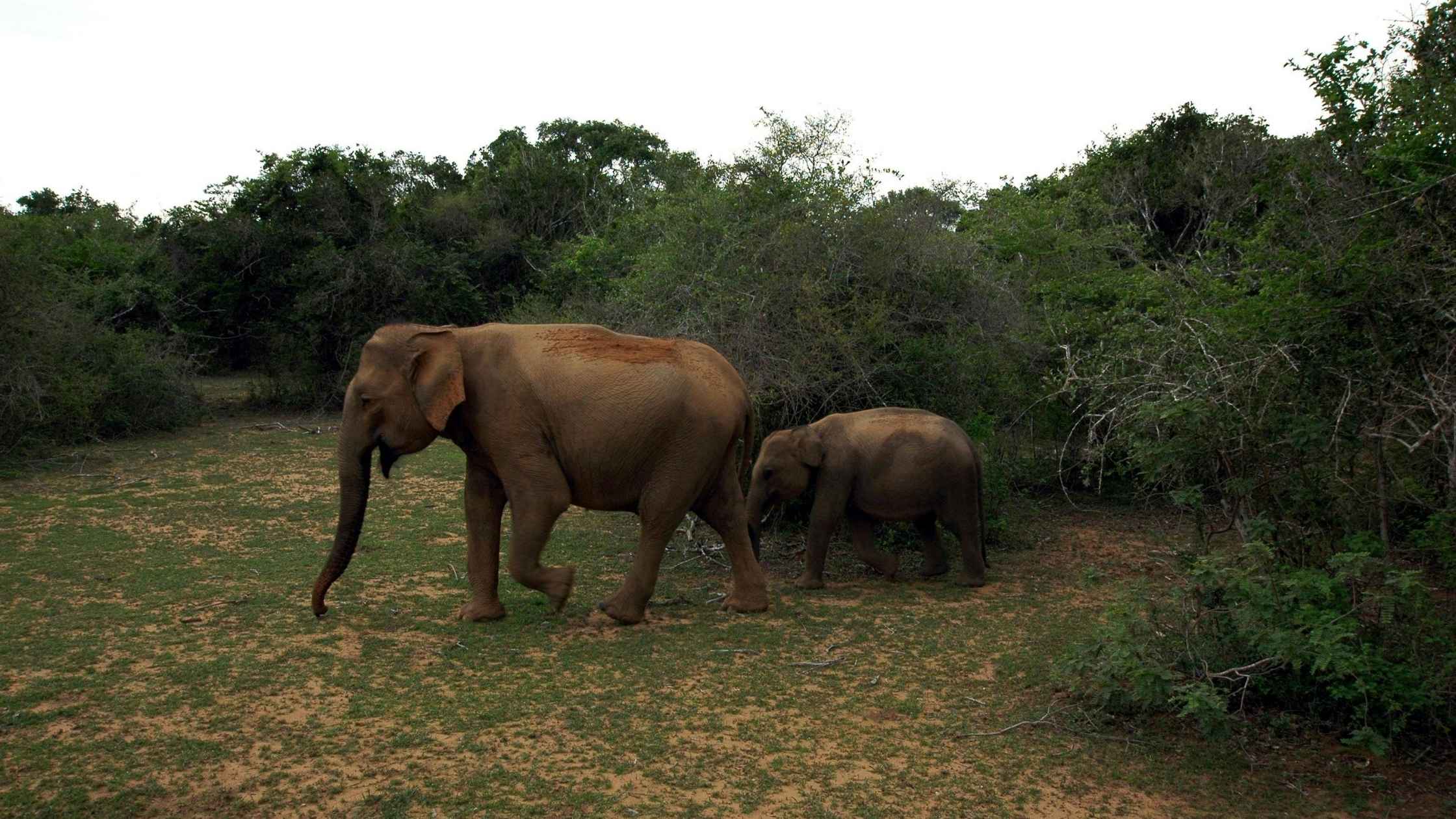
The Peak That Isn't Adam's
Little Adam's Peak in Ella became so named through mistaken identity.
Early British map-makers got it confused with the sacred Adam's Peak pilgrimage.
Thank goodness for us, mistakes.
This summit offers horizon-spanning vistas without the sacred hordes. Rolling tea plantations curl to every horizon. The Nine Arch Bridge curves the valley like a rainbow rock.
The hour-long walk. Sunrise views last lifetimes.
Ella itself has expanded from a sleeping village to backpacker's heaven. Eco-lodges perch on hillslides. Cafes serve world-class coffee that grows meters off.
It's Sri Lanka's basecamp for adventure. Where every trail leads to something stunning.
Go there in March or May. Weather is optimal with the view.
Where Giants Swim
Mirissa beaches are beautiful.
But the real giants swim in the ocean off Mirissa.
Blue whales - the biggest animals to ever live - graze in waters mere kilometers from palm-lined shore.
These are not man-sized mammals. Blue whales are longer than basketball courts. Their hearts weigh as much as small cars.
To observe one breach is to observe a submarine bursting through.
The time is from November to April. Boat numbers are capped by responsible operators at maximum levels.
Respect wildlife rules.
It is not SeaWorld. Free wild leviathans having fun.
The experience humbles all observers.
Caves That Shine With Gold
Dambulla's cave temples have been occupied by Buddha statues for 2,000 years.
Not a typo. Two millennia of unrelenting veneration.
Five caves carved out of living rock. Over 150 Buddha statues in five poses. Murals that glimmer gold in candlelight.
The climb up to the caves affords stunning views over Sri Lanka's Cultural Triangle.
But it's inside the caves that magic is conjured.
Ancient artists painted pictures onto rock surfaces. Sculptors carved enlightenment out of rock. Monks meditated in silence inside rooms where quiet has texture.
You can feel history taking breaths here.
Travel between January and April. Dry season provides the best unobstructed views from the temple ridges.
Where Surfers Find Salvation
Arugam Bay is an affront to all surfing tropes.
No Hawaiians in crowds. No Aussie air. No Brazilian competition.
Just perfect point waves washing into a bay where fishermen still launch wooden boats at sunrise.
The waves are best from May to September - exactly when the south coast storms up.
It's a monsoon sanctuary for wave riders. Paradise found when paradise gets wet.
Offshore, lagoons hide ancient temples. Mangroves hide exotic birds. Beach restaurants serve fresh fish and cold beer.
This is laid-back Sri Lanka. Where time just runs itself out.
The Reality About Paradise
Sri Lanka isn't paradise.
Colombo traffic moves at glacial pace. Monsoons redefine travel plans. Infra sometimes collapses under tourist load.
But flaw is what makes it real. And real is where very little travel promotion happens.
What you'll find here is not resort-managed paradise. It's real adventure. True culture. Genuine hospitality from people who've maintained their traditions while opening up to the world.
The price? Much lower than Bali, Thailand, or the Maldives.
The worth? Priceless.
Preparing for Your Lanka Odyssey
Get accommodations reserved in advance. The word has gotten out about Sri Lanka's revival.
Be respectful of local traditions. Bare shoulders and knees at temples. Take off shoes before entering holy places.
Approach with a flexible mindset. Sri Lanka functions differently than Western countries.
It functions better.
The island provides experiences that stay with you long after you leave. Scenery that haunts your sleep. Food that spoils you for boring meals forever.
This is Sri Lanka in 2025.
Your parents didn't warn you it could be this way.
Now you know.


